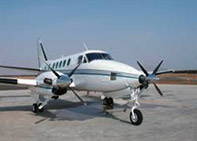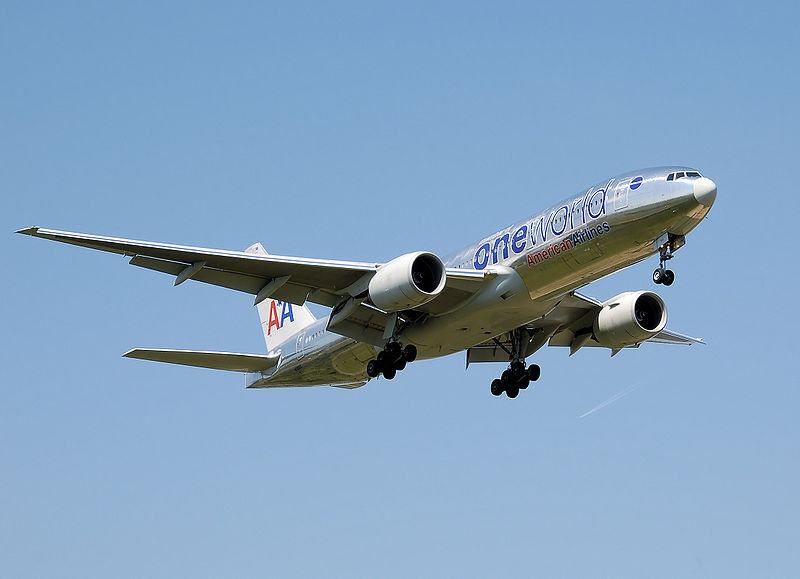Environmentalists and Critics of the Paris climate agreement, adopted in December 2015 say “the biggest failure of this treaty is that it doesn’t cover emissions from shipping or aviation.” The commercial airline industry is booming in the recent past, and hundreds of modern jets are added every year, as is the case of private aviation also. It has always been a point of dispute amongst the industry official and the environmentalists about quantifying the planes’ impact and amount of carbon emission. The industry says “the data collected in 2015 shows only 2% of human emissions of CO2 came from aircraft”, whereas the environmentalists point out that “this doesn’t include the warming impact of contrails or other gases and aerosols and the support infrastructure which is causing the emissions. Hence the true impact is about 5% plus.”
The International Civil Aviation Authority (a UN body that regulates the aviation sector) in its recent report predicted that there would be a three-fold increase in emissions from aeroplanes by 2050 if nothing is done to restrict carbon. ICAO has chalked out a specific long-term action plan for the aviation sector. Since the year 2008, dozens of tests have been conducted with different types of alternative jet fuels, some of them with fuel made from oilseed crops or animal fats. Virgin Atlantic had flown the first flight with partial biofuel in 2008.
A new type of jet fuel made from wood waste is being tested on aircraft in the US. This biofuel is made from a kind of alcohol called isobutanol, with a natural fermentation process and exists in many items including bread and scotch whiskey. In the US the Federal Aviation Authority recently has given the go-ahead to a new fuel-making process. Some people strongly believe this fuel will be a game-changer for greener flying.
In an extensive, warm and sweet-smelling industrial facility in Missouri, fermenting tanks three stories tall contain this swirling mixture of wood pulp, water, and enzymes. This liquid is called a “broth”, and it’s from the pine-scented soup, that which isobutanol is extracted from. “It’s like making a hot toddy, it has a bit of an alcoholic smell to it, but you can still smell the undertones of the pine feedstock in the fermentation,” said Andrew Hawkins from Gevo, the only company that has been licensed to make jet fuel using this new method. The airlines are excited about using isobutanol-based fuel as it is more potent than ethanol. Another significant advantage is that ethanol, the jet fuel made from isobutanol can be carried and mixed in the same pipes and fuel trucks that handle petroleum products.








Leave a Reply
You must be logged in to post a comment.